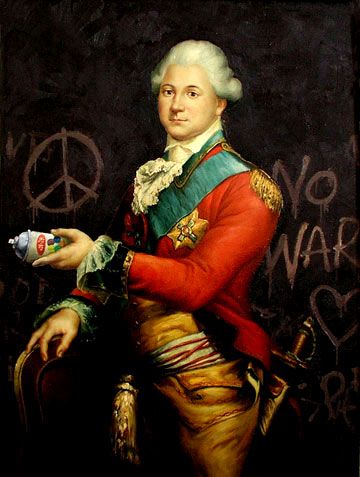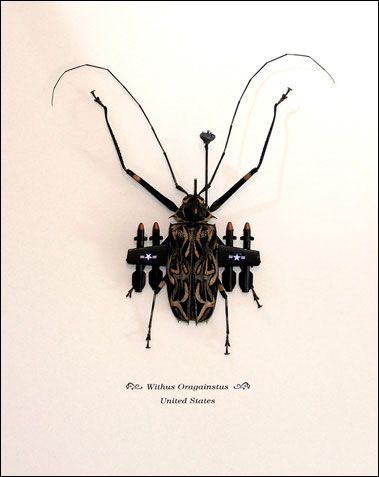Often it was more lucrative to donate an artwork than to sell it. For example, a collector might have bought a painting in 1950 for $1,000 that would be appraised at $20,000 in 1960. If he or she sold the painting through a dealer or at auction it might only net $10,000-$15,000 after commission and fees. Then a capital gains tax would be assessed on top of that. Whereas, the collector could donate the work to a museum and receive a tax deduction for the full $20,000. The collector could even choose to retain a “life interest,”pledging the work and taking the tax deduction in 1960, but actually keeping the painting until some later date (often until death), when it would be surrendered to the Museum.28 MoMA encouraged collectors with the incentive of tax breaks and included tax information with the instructions for making gifts and bequests that appeared in museum publications. (Christine Bianco, "Selling American Art: Celebrity and Success in the Postwar New York Art Market," 2000)By now, the estate tax is estimated to motivate charitable donations in life and at death of $10 billion to all non-profits (Jon M. Bakija and William G. Gale, 'Effects of Estate Tax Reform on Charitable Giving," Brookings Institution, 17 Jun. 2003), but the basic mechanism that Bianco explains above remains the same.
The rich also appear to feel entitled to exempt themselves from sales taxes on art transaction: "'A lot of pillars of the Manhattan establishment are involved in this,' said a senior prosecutor in the Manhattan district attorney's office who requested anonymity. 'They all operated on the assumption that you just don't have to pay sales tax on expensive art'" Timothy L. O'Brien, "Corporate Art Lovers Who Hate That Big Tax Bill," New York Times 9 May 2004).
In addition to sending up the citadels of cultural capital that mediate art and commerce, Banksy's art has an anti-war message. Here are his most inspired pieces:
You say they aren't exactly profound? Neither are most works of conceptual art that museums have actually bought and regularly exhibit.
Arbiters of artistic excellence, political relevance, and economic value of art that manage the museums eventually removed Banksy's works, but his exploits as a performance artist nevertheless made the front page of the New York Times and many other newspapers.








1 comment:
Wonderful post! Thank you for sharing these pieces with us - so important. And thanks to Banksy! Jai hos!
Post a Comment